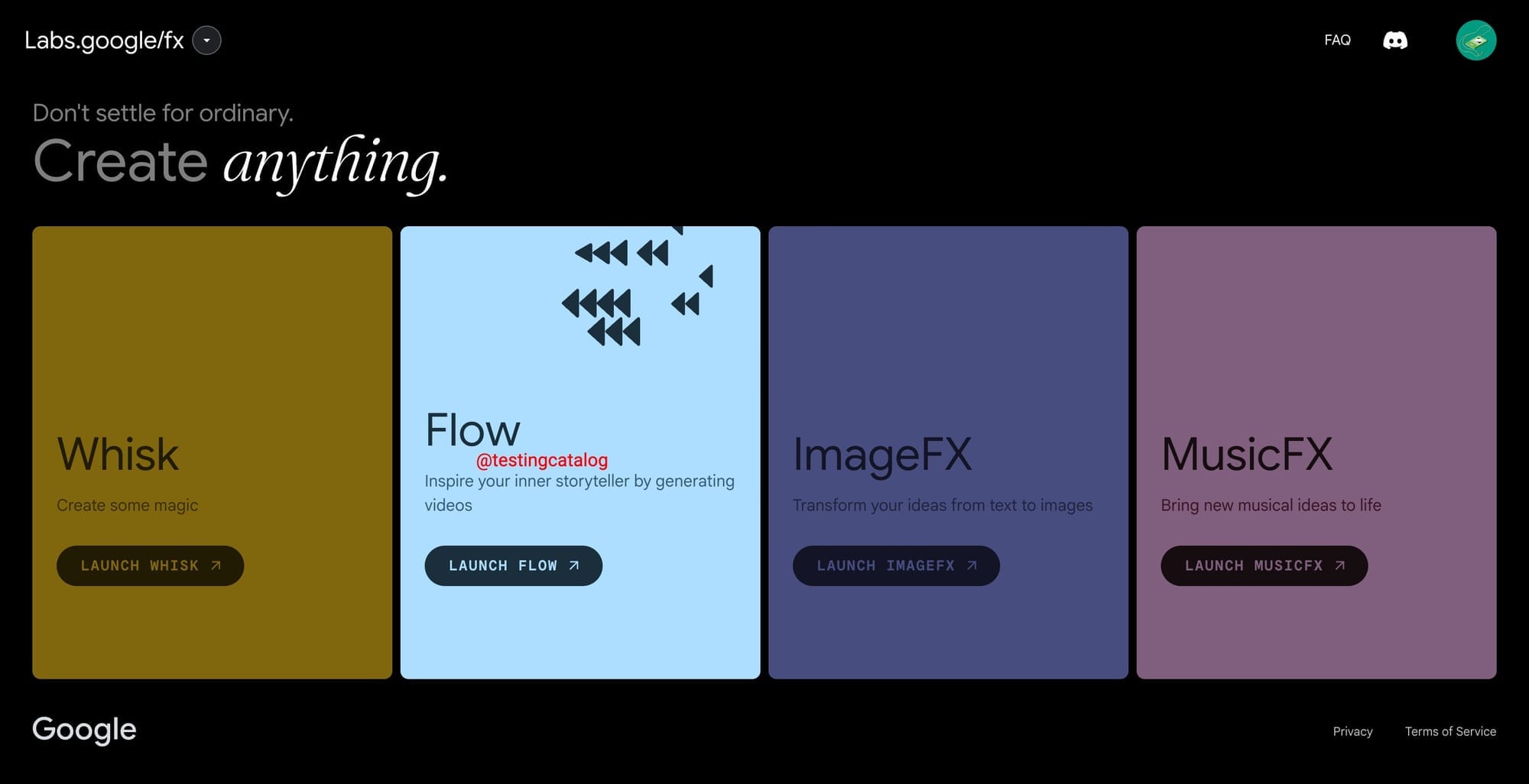Google appears to be rolling out its new video creation platform Flow to selected early testers via Google Labs, likely targeting users who already had access to the earlier VideoFX experiment. The UI walkthrough and onboarding tips suggest Flow is more than a simple text-to-video tool—it combines multiple generation methods into a modular pipeline, with project-based workflows and visual editing capabilities.
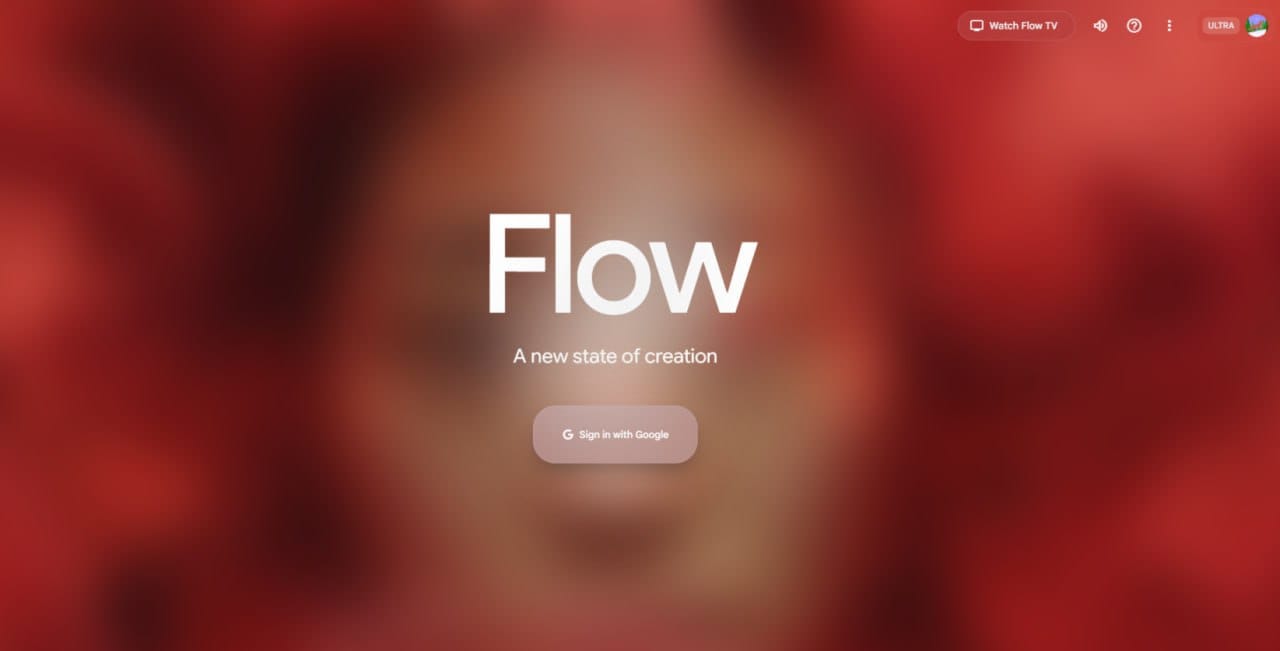
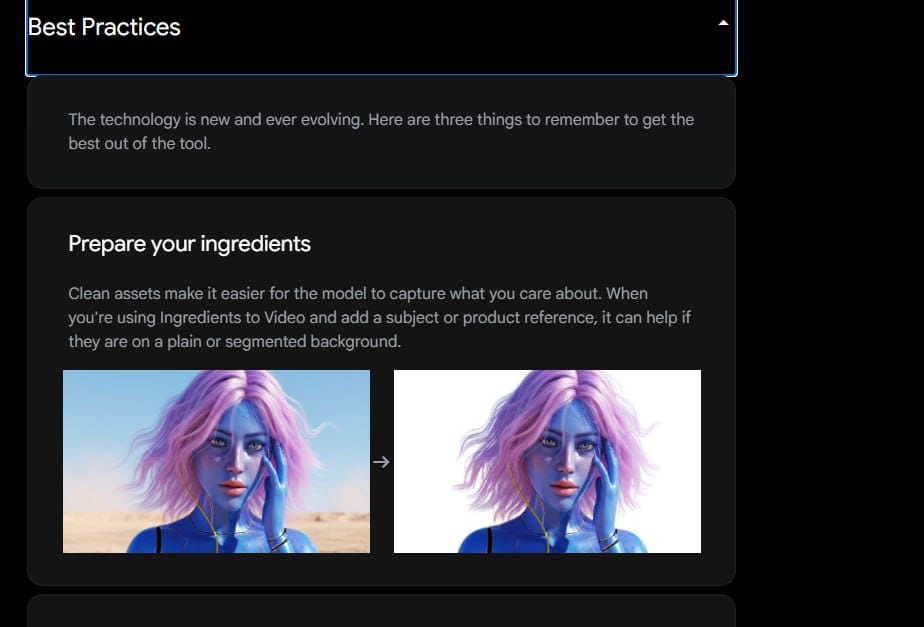
Flow currently supports three main input types:
- Text to Video
- Frames to Video
- Ingredients to Video
The last one stands out as it encourages users to upload or generate reference objects or character styles, echoing concepts from tools like Whisk and Pika. Google advises preparing “clean assets” with plain backgrounds to make it easier for the model to understand and render consistent output. These guidelines are backed by early visual examples showing how background removal improves subject clarity.
🎥 Veo Model Line-Up
Veo 2 – Quality (T2V)
- Key: veo_2_0_t2v
- Gen Time: 190s
- Cost: 100 credits
- Tier: 1
- Access: 🔒 Paygate Blocked
Veo 2.1 – Fast (T2V)
- Key: veo_2_1_fast_d_15_t2v
- Gen Time: 100s
- Cost: 10 credits
- Tier: 1
- Access: 🔒 Paygate Blocked
Veo 3 – Highest Quality (T2V)
- Key: veo_3_0_t2v
- Gen Time: 150s
- Cost: 150 credits
- Tier: 2
- Access: 🔒 Paygate Blocked
Veo 2.1 – Fast (Start + End Image Interpolation)
- Key: veo_2_1_fast_d_15_with_start_image_and_end_image_interpolation
- Gen Time: 90s
- Cost: 10 credits
- Access: ✅ No Paygate
Veo 2 – Quality (I2V)
- Key: veo_2_0_i2v
- Gen Time: 150s
- Cost: 100 credits
- Tier: 1
- Access: 🔒 Paygate Blocked
Veo 2.1 – Fast (I2V)
- Key: veo_2_1_fast_d_15_i2v
- Gen Time: 120s
- Cost: 10 credits
- Tier: 1
- Access: 🔒 Paygate Blocked
Veo 2.1 – Fast (Video Extension)
- Key: veo_2_1_fast_d_15_with_video_extension
- Gen Time: 120s
- Cost: 10 credits
- Tier: 1
- Access: 🔒 Paygate Blocked
Veo 2 – Camera Control
- Key: veo_2_camera_control
- Gen Time: 150s
- Cost: 10 credits
- Tier: 1
- Access: 🔒 Paygate Blocked
Veo 2 – Quality (Multi-Reference R2V)
- Key: veo_2_r2v
- Gen Time: 300s
- Cost: 100 credits
- Tier: 2
- Access: 🔒 Paygate Blocked
Veo 2 – 1080p Upsampler
- Key: veo_2_1080p_upsampler_8s
- Gen Time: 100s
- Cost: — (Upscale only)
- Tier: 1
- Access: 🔒 Paygate Blocked
Veo 3 – Highest Quality (I2V)
- Key: veo_3_0_i2v
- Gen Time: 150s
- Cost: 150 credits
- Tier: 2
- Access: 🔒 Paygate Blocked
Flow integrates a “Scenebuilder” step, where users can extend scenes or create transitions between shots. This phase relies on Gemini models for maintaining contextual continuity, indicating that multimodal understanding is baked into the editor’s core.
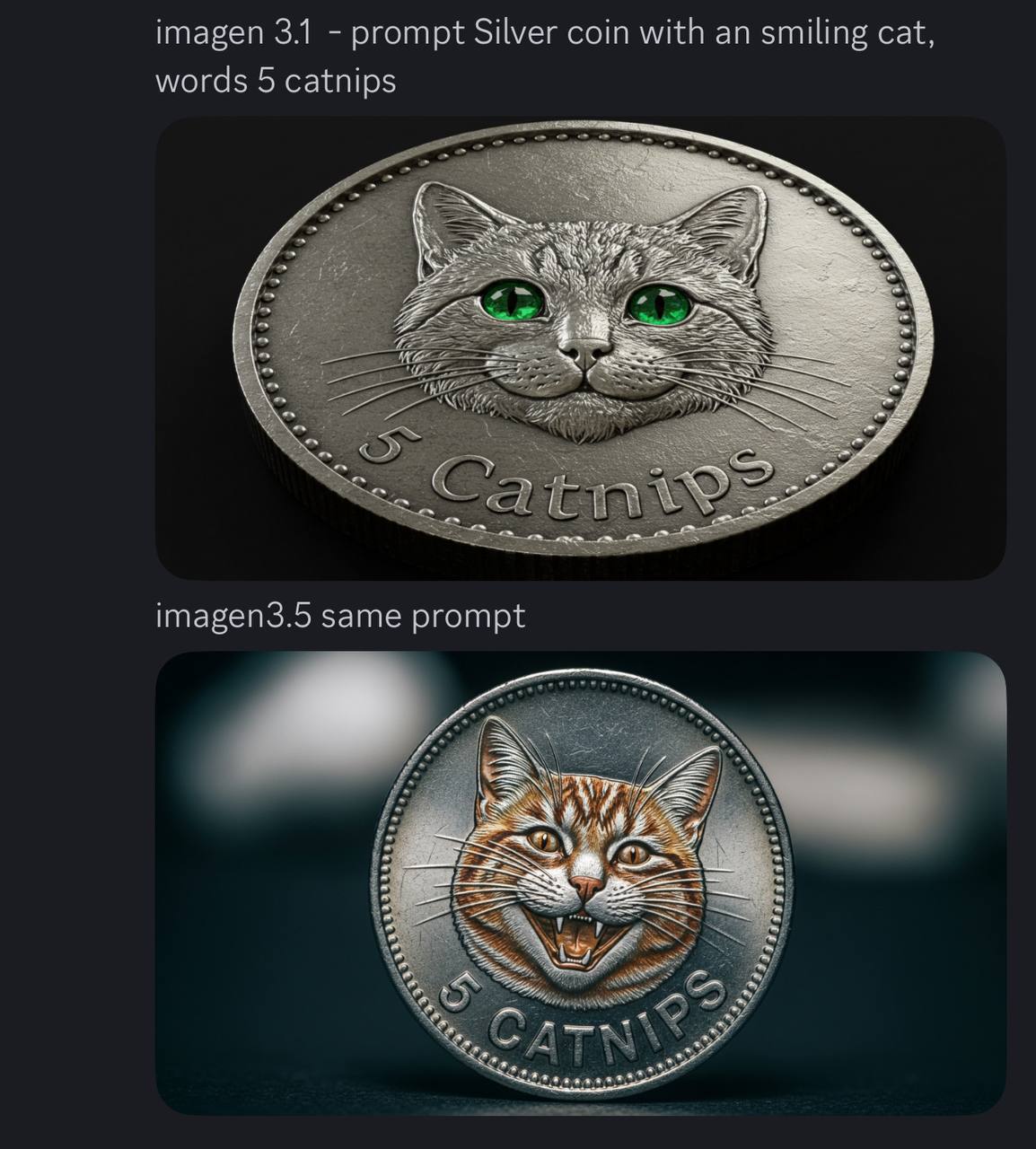
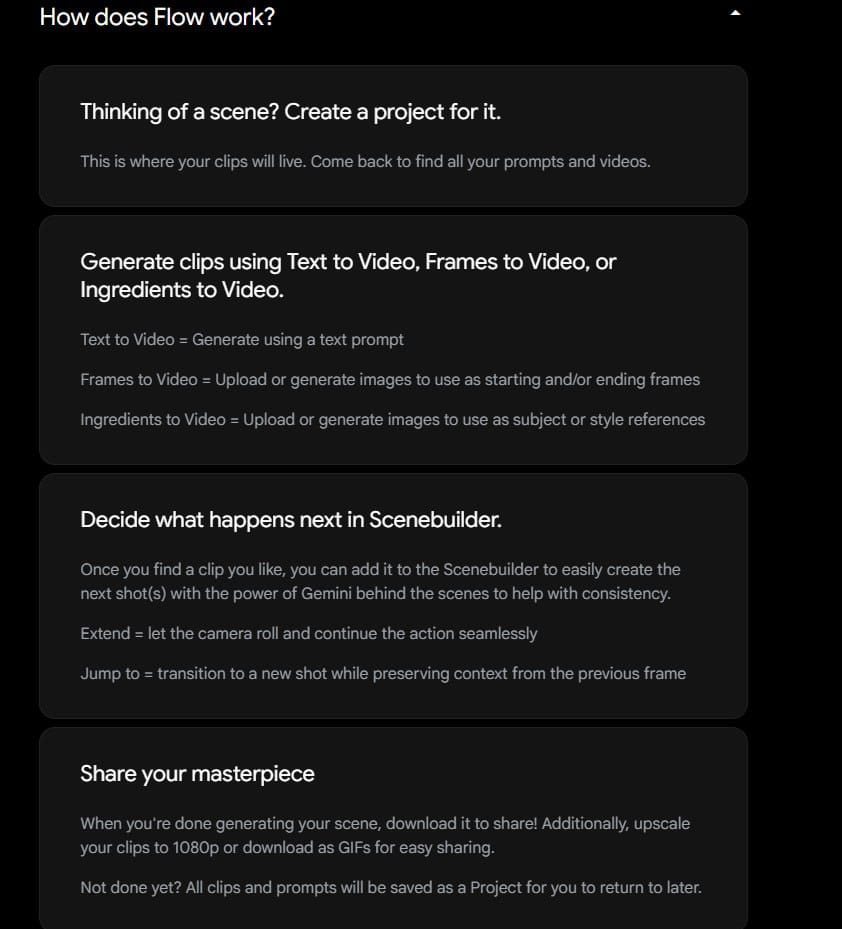
Imagen 3.5 and Flow FAQ
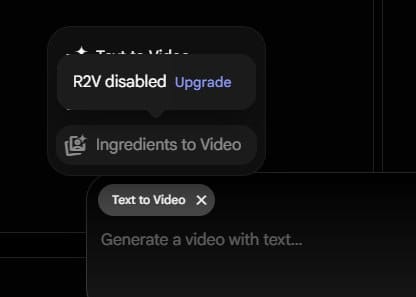
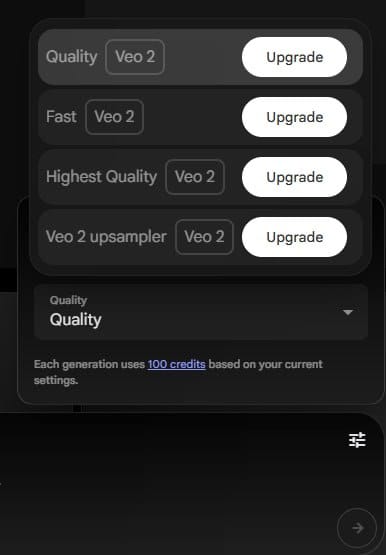
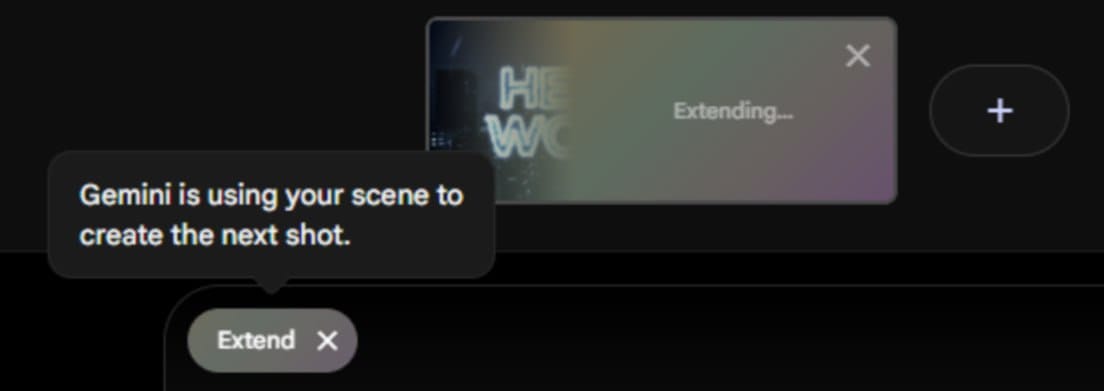
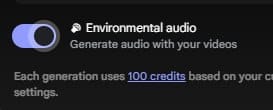
Flow UI components
Access to the underlying models appears gated by a credit system. Veo 2 Fast may be available without charge, a move likely aimed at driving initial adoption. Veo 3, on the other hand, is more resource-intensive—reportedly taking around 150 seconds to generate a clip and consuming a proportional 150 credits. This structure not only underscores the compute cost of higher-fidelity models but also sets expectations for tiered access, potentially hinting at upcoming subscription plans.
Imagen 4, in the meantime, is being prepared for the release on Google Vertex.
Imagen 4 and Imagen 4 fast now appear in the quotas dropdown on GCP Vertex in preparation for a broader rollout.
— TestingCatalog News 🗞 (@testingcatalog) May 20, 2025
"Soon" 🔥 https://t.co/zqY5TZWyji pic.twitter.com/Ofu5S0IqW9
The launch aligns with broader strategy shifts at Google, where tools like NotebookLM and AI Studio are evolving from demo showcases into public products. In this context, Flow serves as the visual media counterpart, focused on letting users produce styled, story-driven content with minimal friction. Imagen 3.5 may handle the visual backbone, possibly paired with the latest Veo iteration for motion rendering.
With I/O set to begin soon, Flow’s emergence as a usable, credit-driven editor with a layered input system puts it ahead of many competing experiments in the space. This time, Google’s approach seems geared toward delivering a creator toolset rather than another long waitlist.
